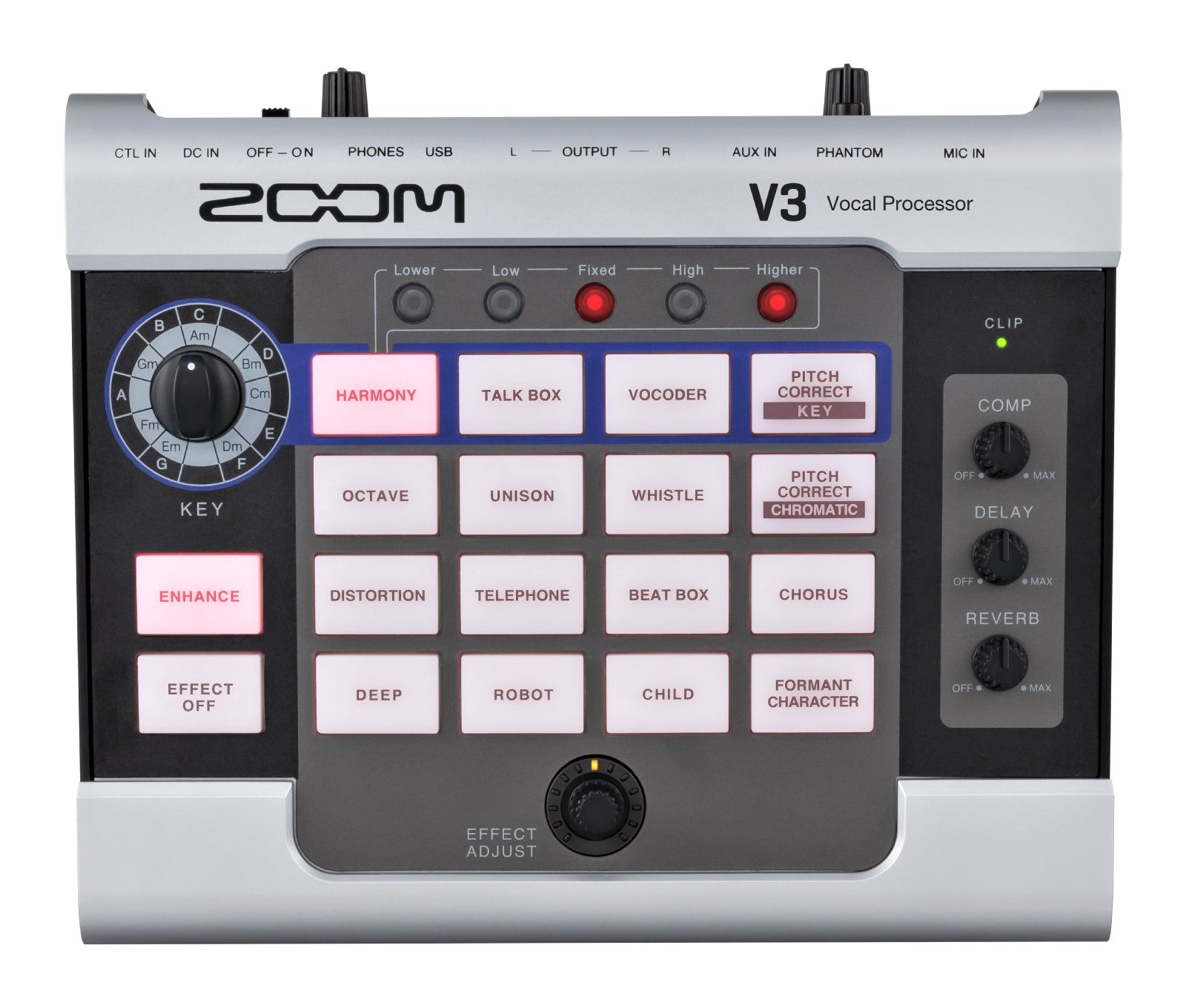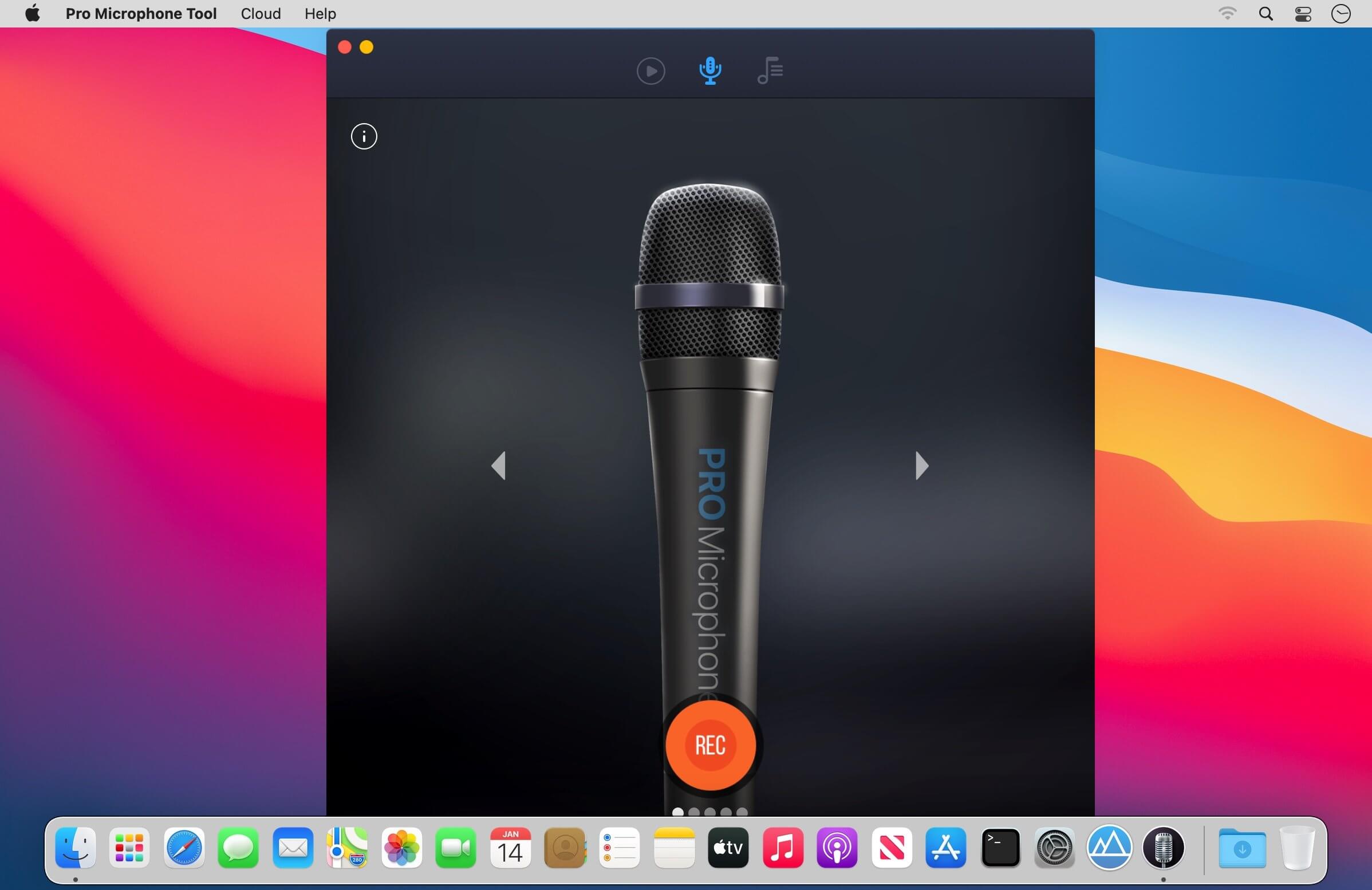
Production can be an enormously expensive pursuit, but it doesn’t have to be. I give my students an overview of what a producer does, and then encourage them to start with the parts of the job they find most exciting. Production lessons are a kind of choose-your-own-adventure, and can be as simple or in-depth as you want them to be! You can be up and running in a few days and make cut-and-paste dance tracks with a few well-placed drum and vocal loops, or you can spend years diving deep into the intricacies of sound synthesis. Mixing - the process of adjusting levels, compression, EQ, reverb, and more to make your music sound its bestĮffects - using reverb, delays, tremolos, phasers, flangers, filters, pitch shifters, and more to send your songs into outer space!
#Mic drop sound effect how to#
Harmonic and melodic arranging - how to select instruments and sounds and write parts that work well together Sampling - using pre-recorded sounds, or one you record yourself, and joyfully mangling them into new onesīeatmaking - building drum grooves using MIDI (Musical Instrument Digital Interface) and step sequencersĬomposition - the process of generating new melodies and musical ideas Sound design - the creation and shaping of sounds using synthesizers and drum machines, and sampled instruments
#Mic drop sound effect software#
Production students can learn a variety of different things about the music-making process, including:ĭAW (Digital Audio Workstation) fundamentals - navigation and control of music production software like GarageBand, Logic Pro, Ableton Live, and more (as well as which to buy, and how much to spend!)

And if you’re up for the challenge, I promise you a journey of intellectual and emotional discovery unlike any other. If you’re a casual musician who enjoys math and science, or you’re just plain fascinated by music and want to know more about how it works, you’ll find your happy place here. If, however, you want to make your own music, and do it well, production is for you. If so, then go you! The right musical pursuit is the one that makes you the happiest. Maybe you get really stressed out at the thought of writing original stuff, and would rather just focus on singing or playing your instrument instead. Maybe you’re overwhelmed by the amount of information you need to absorb. I know this because I’ve incorporated some basic music production into a lot of my lessons with kids (you know, those little people who just live for fun), and they are go BONKERS for it. Songwriting, sampling, sequencing, remixing and rocking out in studio all of these things are a BLAST. It’s hard, but it gives me a huge feeling of pride and accomplishment. The more I learn about production, the more readily I can make my musical vision manifest, and the better it sounds. Moreover, I love to be creative, and I get a big rush from making something new and bringing it into the world. When tritone substitutions and ostinato bass lines start to get stale, I can take a break and immerse myself in in the intricacies of compression and EQ. Production, on the other hand, is a multifaceted job, and that really helps me stay motivated. Learning an instrument is fascinating in its own right, but it’s limited in scope. I love to learn, and production is an endless horizon of knowledge, skill, and technique. Music production is my favorite thing to do. And save hours of tedious editing with new drag-and-drop hot zones.Why learn production? Is it right for you? Use the zone waveform editor to make precise edits to sample start/end and loop ranges with an option to snap to transients or zero crossings. And the reimagined mapping editor adds powerful, time-saving features that speed the creation of complex instruments - including editing commands for automatic mapping, automatic loop finding, and analyzing and splitting samples into zones. An extendable modulation section allows you to add more sources and destinations as needed.



#Mic drop sound effect serial#
An expanded synthesis section with sound-shaping controls brings more depth and dynamics to your instruments - it features twin filters with parallel and serial routings, and five filters modeled after both analog and modern synths. The new single-window design makes it easier to create and edit sampler instruments while remaining backward compatible with all EXS24 files. We redesigned and improved our most popular plug-in - the EXS24 Sampler - and renamed it Sampler.


 0 kommentar(er)
0 kommentar(er)
